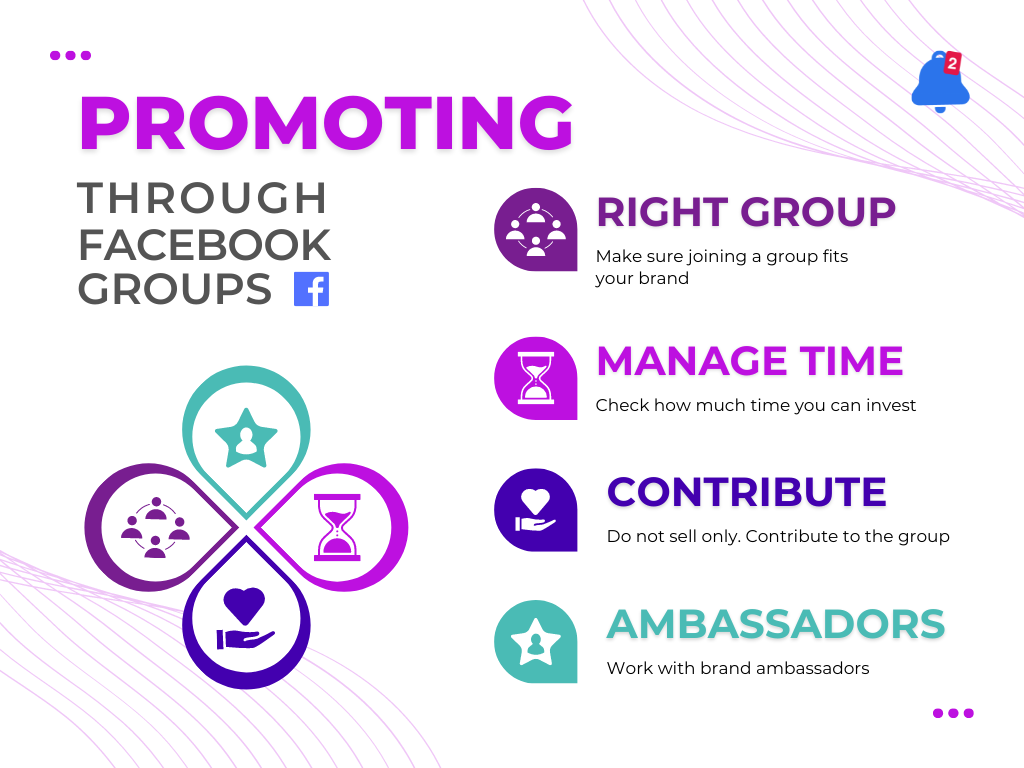Facebook Groups: One of the Best Places To Leverage Organic Reach

9 MIN READ
If there is one place where organic reach still happens on Facebook, it is in groups. After all, Facebook and Google are quite similar in the way they are used, perhaps that explains why organic reach on Facebook is better than on Google.
No time to read?
Check the slides with the essentials.
Check the slides with the essentials.







